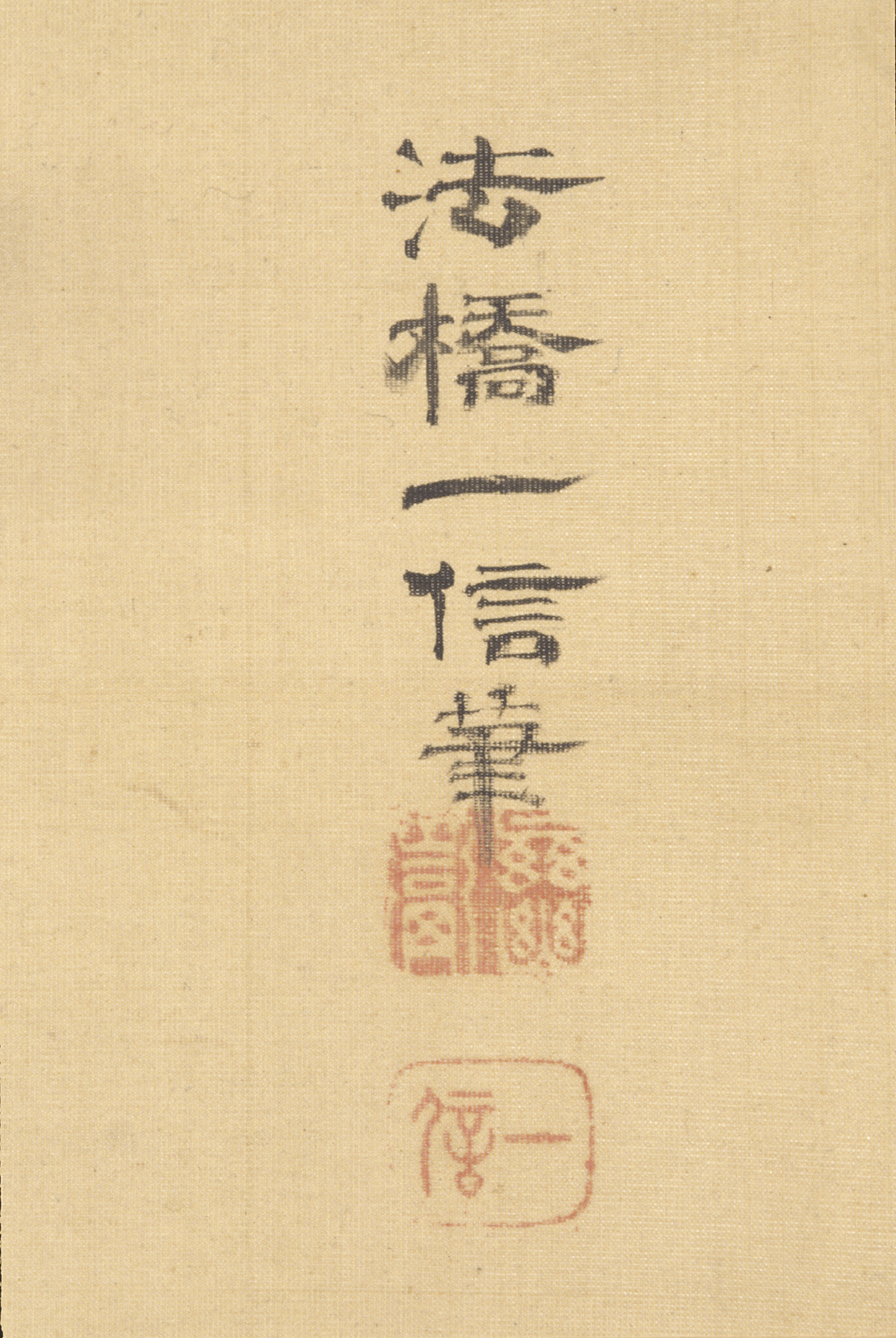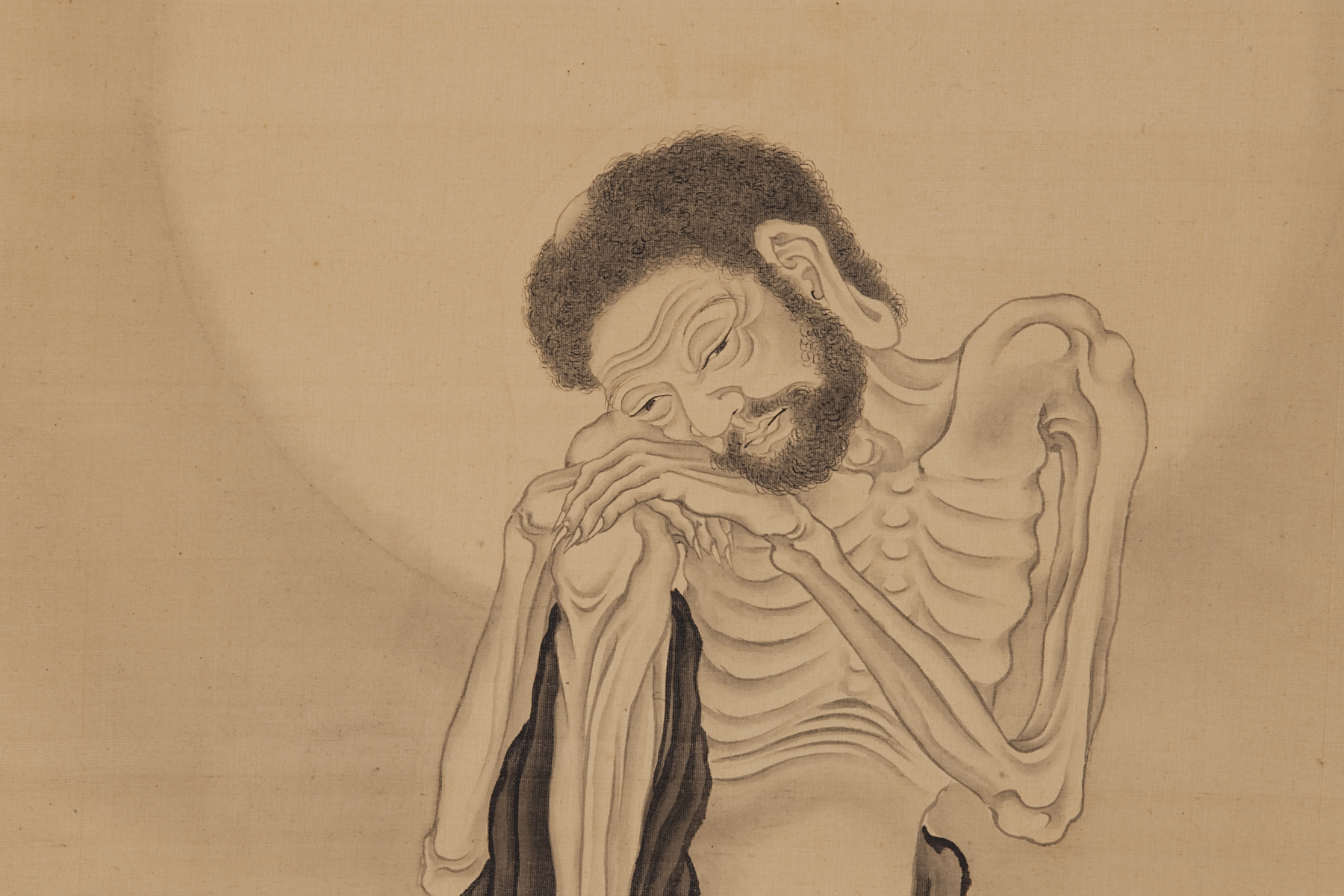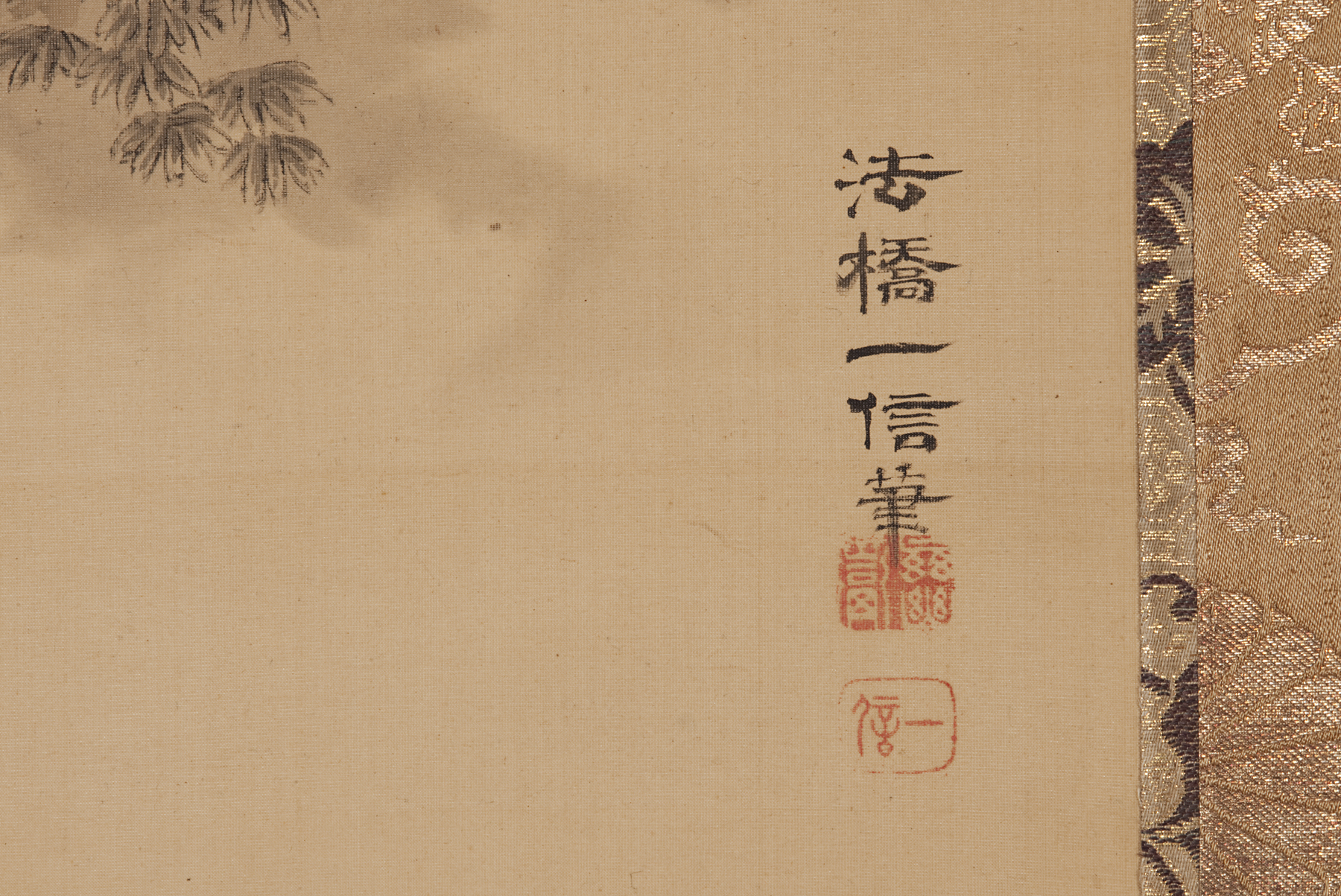Shakyamuni undergoing austerities, Kanō Kazunobu
Artwork Overview
Kanō Kazunobu, artist
1815–1863
Shakyamuni undergoing austerities,
mid 1800s, Edo period (1600–1868)
Where object was made: Japan
Material/technique: ink; silk
Dimensions:
Image Dimensions Height/Width (Height x Width): 98.5 x 34.5 cm
Sheet/Paper Dimensions (Height x Width): 177 x 47.5 cm
Image Dimensions Height/Width (Height x Width): 38 3/4 x 13 9/16 in
Sheet/Paper Dimensions (Height x Width): 69 11/16 x 18 11/16 in
Image Dimensions Height/Width (Height x Width): 98.5 x 34.5 cm
Sheet/Paper Dimensions (Height x Width): 177 x 47.5 cm
Image Dimensions Height/Width (Height x Width): 38 3/4 x 13 9/16 in
Sheet/Paper Dimensions (Height x Width): 69 11/16 x 18 11/16 in
Credit line: Gift of Elsie Anna Wilson Trust
Accession number: 1994.0113
Not on display
If you wish to reproduce this image, please submit an image request











